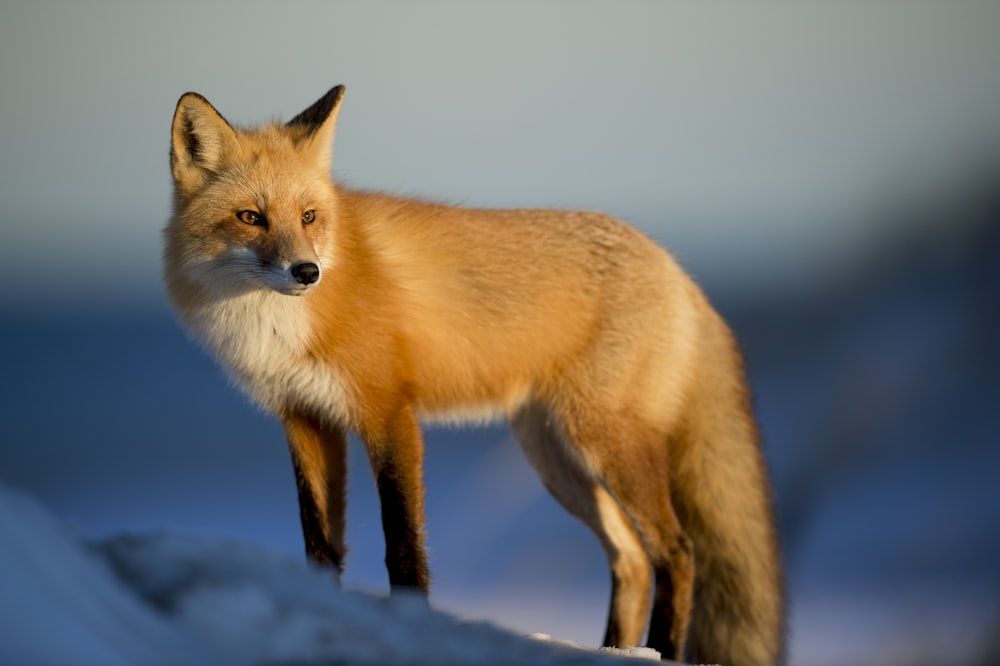Noble White Rhinoceros Guardians of the Grasslands
Introduction:
Venture into the African savannah and encounter the noble white rhinoceros, a majestic creature that serves as a guardian of the grasslands. In this exploration, we delve into the world of these magnificent animals, uncovering their importance in the ecosystem and the challenges they face in the wild.
The White Rhino’s Habitat:
The white rhinoceros, one of the largest land mammals on Earth, roams the vast grasslands and savannahs of southern and eastern Africa. These expansive landscapes provide the perfect habitat for these gentle giants, offering ample grazing grounds and open spaces for them to thrive.
Physical Characteristics:
The white rhinoceros is characterized by its massive size, robust build, and distinctive square-shaped mouth adapted for grazing on grass. Despite their formidable appearance, these creatures have a gentle disposition and are known for their docile behavior, especially when left undisturbed in their natural habitat.
Guardians of the Grasslands:
As herbivores, white rhinoceroses play a crucial role in shaping the grassland ecosystem. Their grazing activities help maintain the balance of plant species, preventing overgrowth and promoting biodiversity. By creating pathways and clearing vegetation, they also create habitats for other animals, contributing to the overall health of the ecosystem.
Threats and Conservation Efforts:
Despite their importance, white rhinoceroses face numerous threats in the wild, including habitat loss, poaching, and human-wildlife conflict. Poaching, driven by the demand for rhino horn in traditional medicine and illegal wildlife trade, remains a significant threat to their survival. Conservation organizations and governments are working tirelessly to protect these animals through anti-poaching efforts, habitat preservation, and community engagement initiatives.
Community Involvement:
Community involvement is crucial for the conservation of white rhinoceroses and their habitat. Local communities living alongside rhino populations play a vital role in protecting these animals by providing information, participating in anti-poaching patrols, and supporting sustainable tourism initiatives. By empowering local communities and providing alternative livelihoods, conservationists can foster a sense of stewardship and ensure the long-term survival of white rhinoceroses.
Tourism and Education:
Tourism plays a significant role in raising awareness about the importance of white rhinoceros conservation. Responsible ecotourism initiatives provide visitors with the opportunity to observe these magnificent animals in their natural habitat while supporting conservation efforts financially. Additionally, educational programs and initiatives help raise awareness about the threats facing white rhinoceroses and the importance of protecting their habitat for future generations.
International Collaboration:
International collaboration is essential for addressing the global challenges facing white rhinoceros conservation. By working together across borders, governments, conservation organizations, and local communities can share resources, expertise, and best practices to effectively combat poaching and habitat loss. Through joint conservation efforts, we can ensure the survival of these iconic creatures for generations to come.
Conclusion:
In conclusion, white rhinoceroses are noble guardians of the grasslands, playing a vital role in maintaining the health and balance of the African savannah ecosystem. Despite facing numerous threats, including poaching and habitat loss, conservation efforts are underway to protect these magnificent animals and their habitat. Through community involvement, tourism, education, and international collaboration, we can ensure a brighter future for white rhinoceroses and preserve their legacy as guardians of the grasslands. Read more about the animal


 The Ngorongoro Crater is a large volcanic caldera which plays host to an advanced ecosystem perfect for the inhabiting and preservation of a wide variety of animals, from the aptly named king of the jungle, the lion, to the ever so rarer horned beast, the rhino.
The Ngorongoro Crater is a large volcanic caldera which plays host to an advanced ecosystem perfect for the inhabiting and preservation of a wide variety of animals, from the aptly named king of the jungle, the lion, to the ever so rarer horned beast, the rhino.